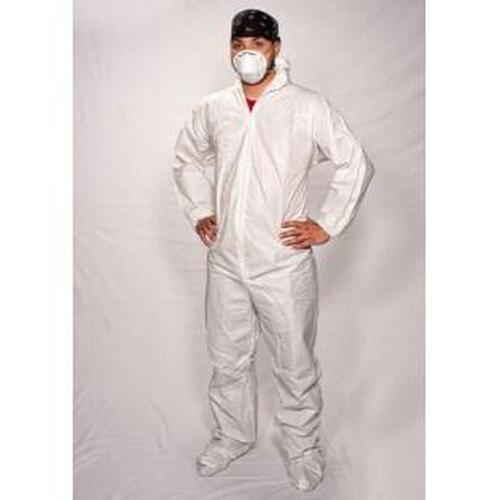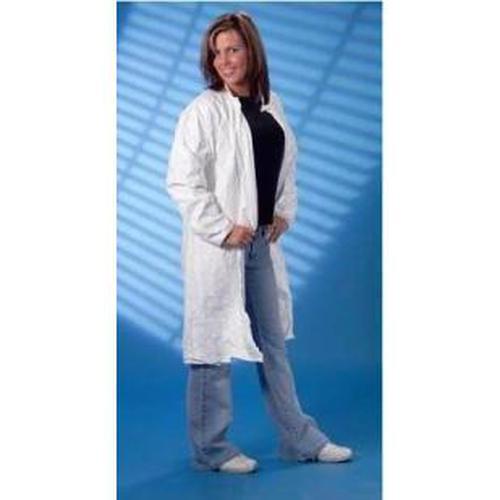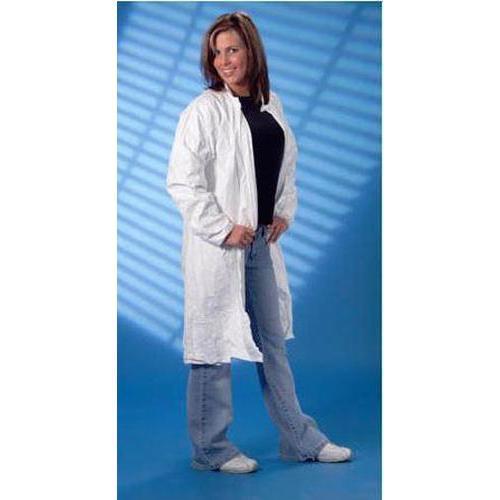Tyvek Coveralls
Product Description:
These coveralls are original Tyvek coveralls. These Tyvek® coveralls are made using 100% original Tyvek® material, provides superior barrier protection. The single layer fabric is lint-free, lighter and stronger than all other disposable apparel brands. It keeps its strength wet or dry and resists tears and punctures
Why Tyvek® Clothing Is The Market Leader Worldwide:- Tyvek® clothing has a single layer of fabric made with 100% high density polyethylene. HDPE makes Tyvek® highly resistant to dry particulate matter, paint, aerosols, bloodborne pathogens, and more.
- Tyvek® protective clothing is tough and almost impossible to rip or tear... strong enough to reuse but cheap enough to throw away when it's time.
- Tyvek® fabric breathes. It allows heat and sweat vapor to pass through but not water or other liquid molecules. So you feel comfortable and confidently protected.
Tyvek Suits
Tyvek
Suits are protective coverings made from Tyvek. Tyvek are hard to tear,
liquid-proof high-density polyethylene fibers made by DuPont Company. Tyvek
suits have been specifically produced to give comfort and protection to wearers
by shielding them from hazardous materials that accompany military,
construction, and manufacturing activities. Made by DuPont, they have been
designed to meet the quality required for full-body protection. They are durable
and comfortable: to ensure flexible and easy movement for the wearer. They are
reusable and disposable and are used to protect the skin against dangerous
chemicals like hydraulic jack oil, isocyanate based hardener, bleach, sodium
hydroxide, mineral oil, diazinon, and a lot more.
Protective Clothing
Protective
clothing is a collective name for garments or equipment produced to protect the
wearer against physical, chemical, airborne, and military hazards. They are
worn by military officials, people involved in laboratory or manufacturing
activities, and people who work in dangerous work environments. They include laboratory coats, coveralls, gloves,
pants, hoods, and sleeves. Protective clothing should be worn with the kind of
job to be done in mind as they are made with different materials to suit
different purposes. For example, leather guards prevent flame; rubber clothing
prevents acids and chemicals in paper-like clothing protects the wearer from
dust particles.















